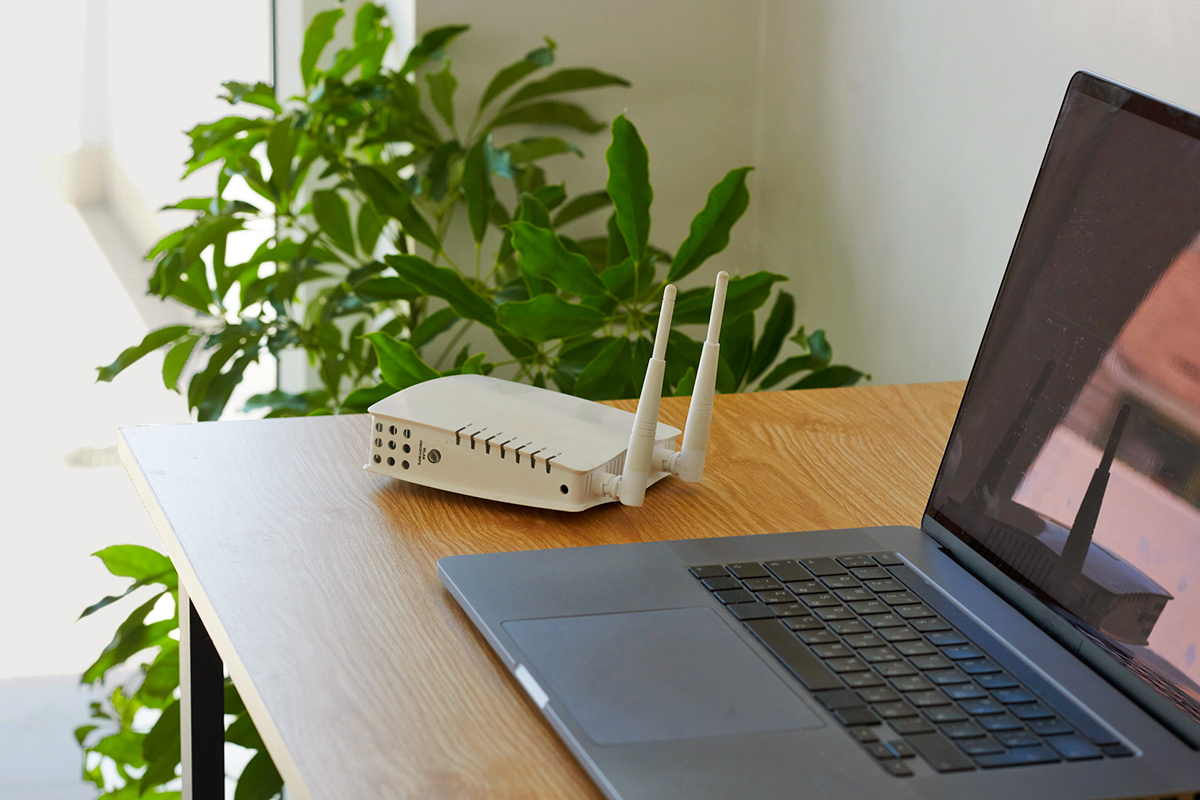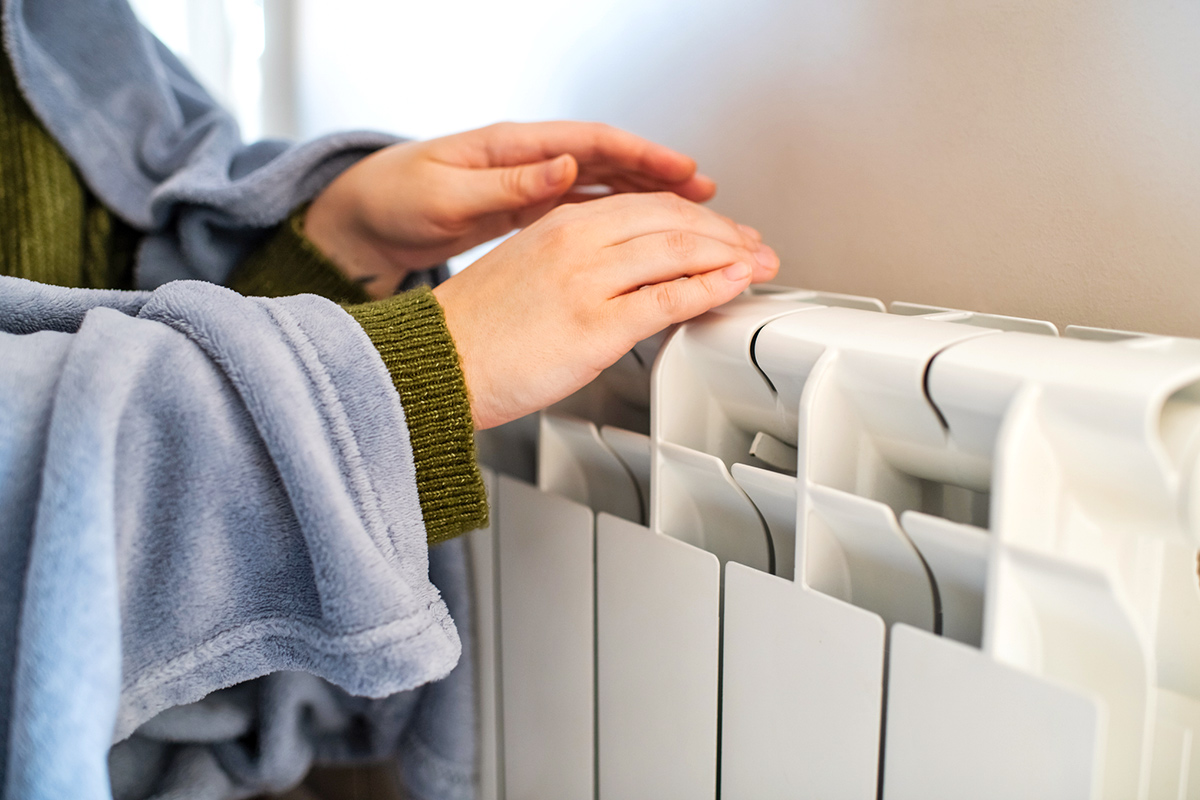It can be tricky to arrange all your furniture when you live in a small space or are decorating a compact room. While you might be inclined to push everything against a wall to form a larger central area, some designers say you should do the opposite. They argue that “wallflowering” your furniture doesn’t create…
This also holds true for open floor plans, where wall space is often limited. Instead of cramming everything into the corners and along the perimeters, try a technique known as floating your furniture to open things up and make the space feel bigger.
How To Float Furniture
When you’re decorating your living room, certain furniture pieces — such as bookshelves or TV stands — may need to sit snugly against a wall, but items like sofas and side tables can be floated.
In an open floor plan, use your couch to create a designated seating area by pulling it away from the wall and anchoring it on a rug, about two and a half times the length of your TV screen. You can even add an L-shaped console to give yourself some extra storage.
In small spaces, positioning the couch slightly off the wall and incorporating a narrow console can give you a usable surface. Accent furniture, such as armchairs and side tables, should also float to give your space some wiggle room.
More from our network
House Outlook is part of Inbox Studio, which publishes content that uplifts, informs, and inspires.
You can achieve the floating furniture effect in other rooms, too, including your kitchen, office, and bedroom. In small kitchens, for example, placing the table in the center, instead of against a wall, not only maximizes seating but also frees up wall space and makes the room appear larger.
Even if you only have a few inches to spare, pulling your furniture away from the walls offers some breathing room and might even give your space more dimension, depending on how you decorate. You can also use this technique to define zones and walkways in an open floor plan, which can create a more purposeful layout.



















